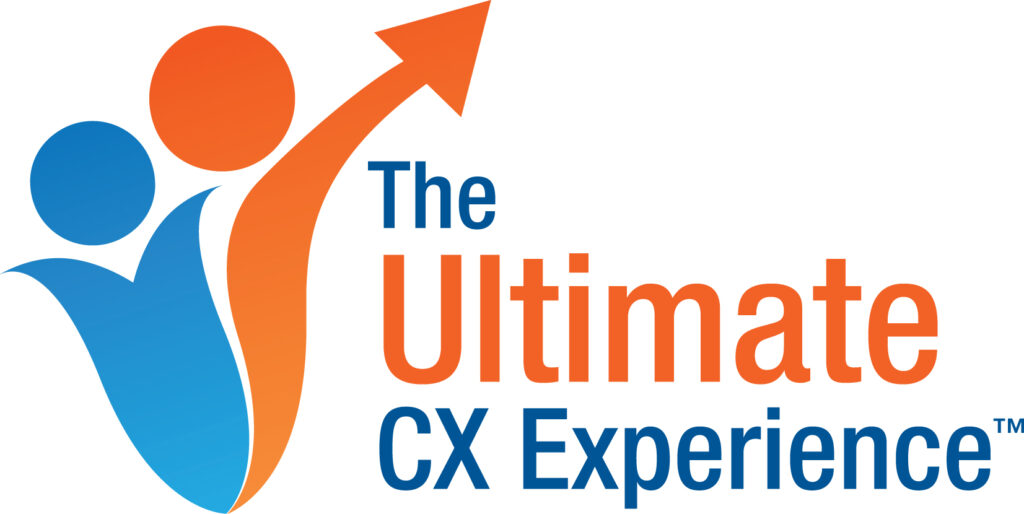
In a recent article I wrote I made mention that our careless choice of words, though clear to us, could send an incorrect message to our clients customers or patients, because of ambiguity and misunderstanding.
We might know exactly what we mean or intend to say. We might think we are saying things precisely as we mean.
However, our patients may totally miss the importance of our words, or worse still, our words may take on a meaning we had not intended at all.
Here’s a great example:
Your patient, Mrs. Smith arrives at 9:35am for her 10:00am dental hygienist appointment.
Your front office member greets Mrs. Smith, looks at her clock, and says,
“You know you’re early?”
Your front office team member then proceeds to the back office to let the hygienist and you the doctor, know that Mrs. Smith is here.
Unknowingly, and carelessly, she says to the hygienist, who is with a patient,
“That’s your ten o’clock and she knows she’s early”.
She then proceeds to the doctor’s room where the doctor is treating a patient and announces:
“Emily’s ten o’clock is here and she knows she’s early”.
Now we all know that Mrs. Smith is now here. And we do know she has arrived with plenty of time to spare for her scheduled appointment.
Could we have communicated this information better, both in our office and back to Mrs. Smith?
Yes we could have.
I believe, that as it stands, Mrs. Smith has been SCOLDED for turning up early.
Instead of saying to Mrs. Smith, “You know you’re early” which kind of means “Are you silly? Why are you here early?” why not try something softer and more congratulatory.
As it stands, the current greeting “You know you’re early” could really be taken by Mrs. Smith to mean, “Don’t come early. All we’re going to do is rouse on you for turning up early”
So how could we have handled this better? Here’s what we’ve found works best:
“Oh Mrs. Smith, Thank You so much for coming in early. We really appreciate it when our patients come early. Please make yourself comfortable, and I’ll go and let Emily know that you’re here, I’ll see how she’s going, and you never know, maybe she might be able to see you earlier….”
How good is that?
That way we thank Mrs. Smith and acknowledge her effort in getting in early, and we let her know how much we prefer our patients to be earlier rather than late, for their treatment appointments.
What about down in the dental operatories?
Now down in the treatment rooms, as we said, both the doctor and hygienist are seeing patients.
When the front office person comes in and says “That’s your ten o’clock and she knows she’s early”, or “Emily’s ten o’clock is here and she knows she’s early”, all that does is tell the patient being treated that your office doesn’t like patients turning up earlier than they should for their allotted appointment.
A poor announcement in the treatment room can also create anxiety in the patient being treated. They may think, “Oh, his next patient is here. Now he’s going to rush me so he can see her.”
Again, how could this be handled best?
Here’s what we’ve found works best in the treatment rooms:
“Excuse me Dr Moffet. [Pause]. Just to let you know that Mrs. Smith is here for her ten O’clock hygiene visit with Emily, and I’ve thanked her for coming in early”.
Superb!
This conveys all the elements to the Doctor, the dental assistant, and the patient. The patient currently being treated knows there is no urgency, causing the dentist to run away, or speed up or rush his current appointment.
The patient in the chair also hears the subliminal message, that they like it here when the patients come early for their appointments.
This creates a win-win-win all round!!
How’s your language in your dental office? Are you using your best choice of words to maximise communications and eliminate poor subliminal messages?
*************

Dr. David Moffet BDS FPFA CSP is a certified CX Experience coach. David works with his wife Jayne Bandy to help SME businesses improve their Customer Service Systems to create memorable World Class experiences for their valued clients and customers. Click here to find out how David and Jayne can help your business
